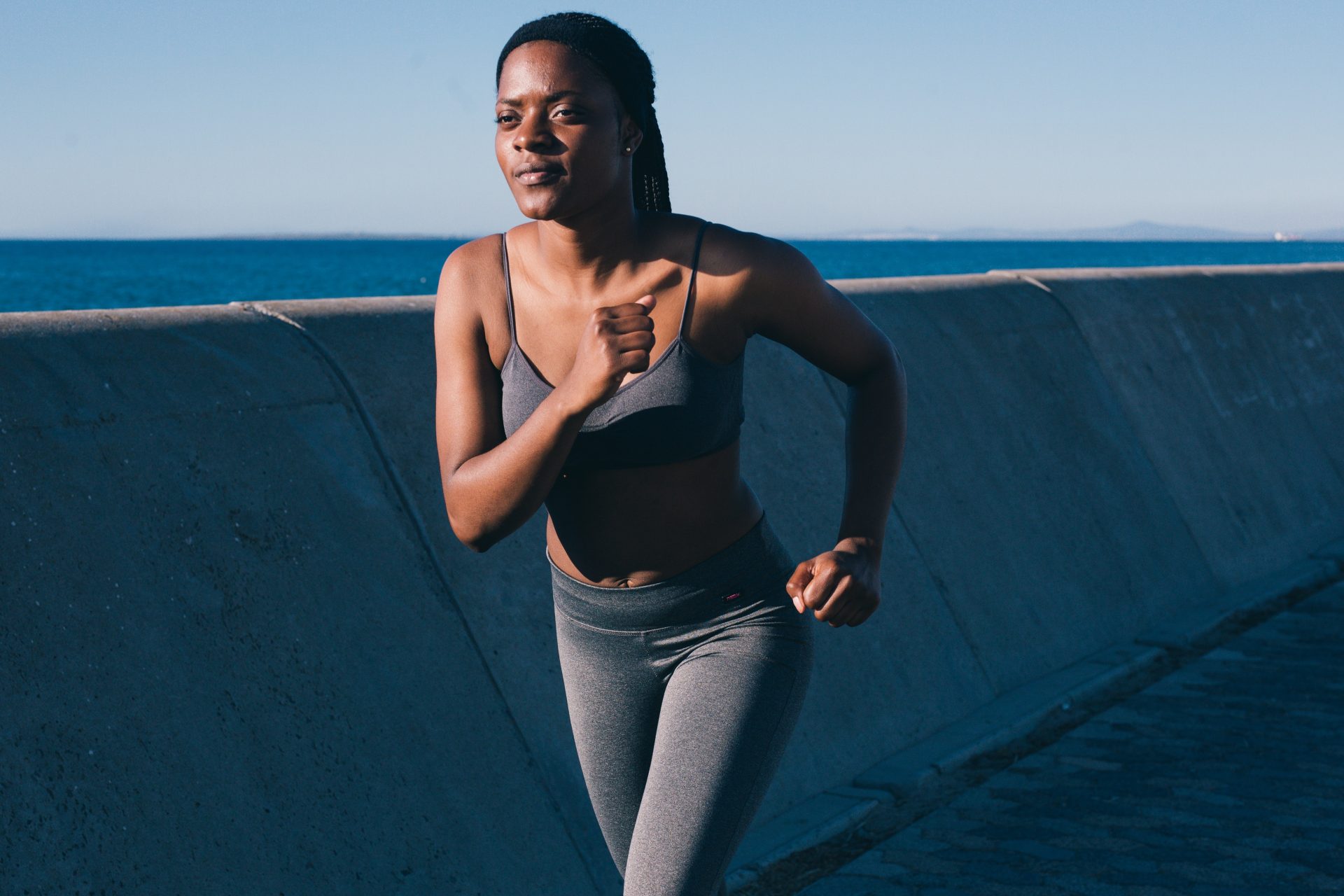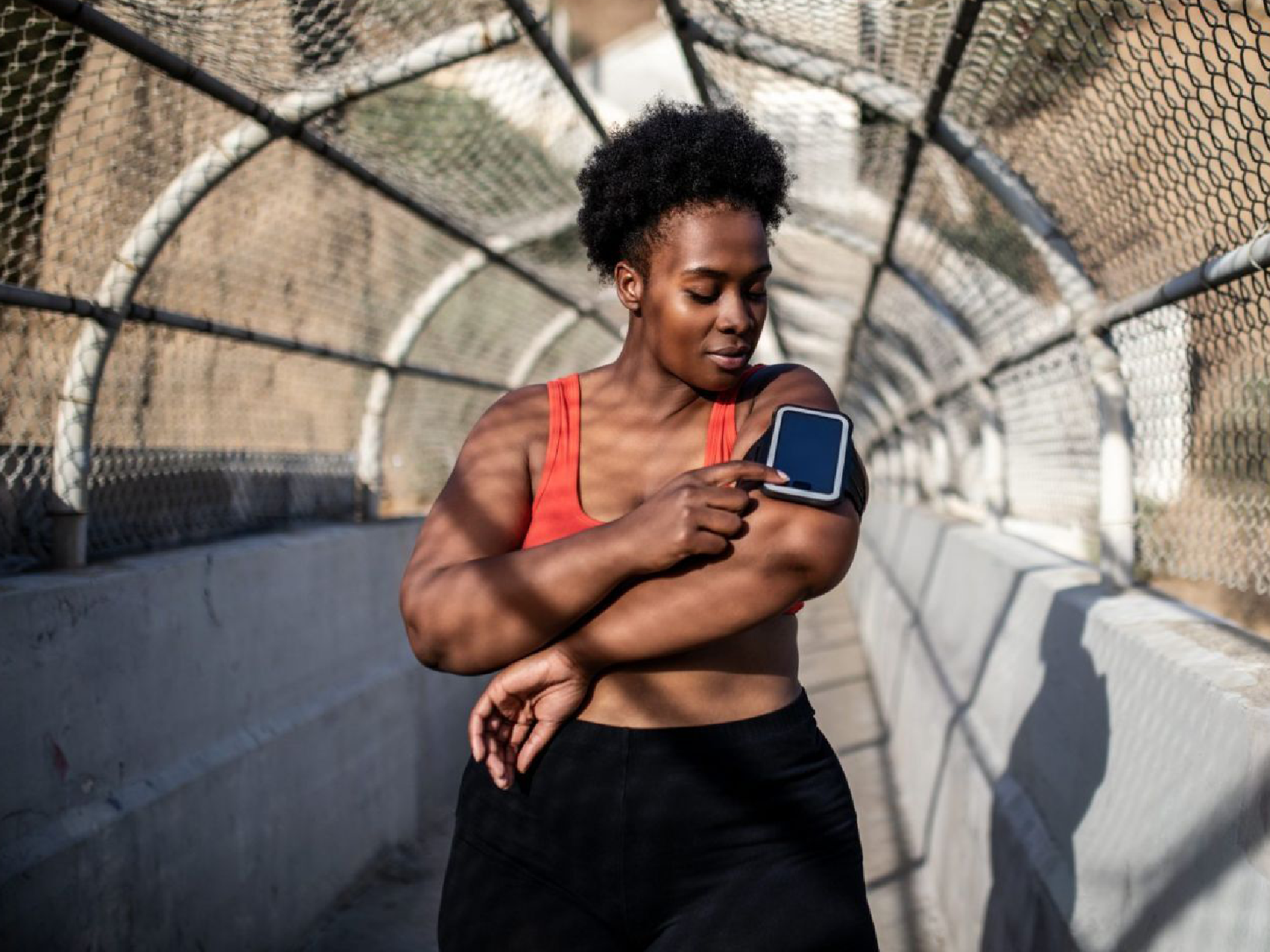How do you actually ‘pace yourself’ when running?
An expert explains the real way to work out and maintain a good running pace (because do you really know what it means?).
Ask any expert how to improve your running and they’ll probably tell you to ensure you’re pacing yourself. It sounds simple enough, but often leads to yet more questions: how do you actually work out what pace you should be running at? And how can you realistically stick to that pace?
“For me, pacing yourself is being able to complete the distance that you’re setting out to do without stopping,” says Kerry Dixon from The Athlete Method. “It doesn’t necessarily mean that every single kilometre is going to be exactly the same speed, although it can mean this. It’s more importantly about trying to stay at a steady speed that stops you from getting too tired to complete your goal distance. Essentially, it’s about conserving energy.”
You may also like
Running: How to improve endurance and build stamina for long runs
For Kerry, pace was hugely important when she was a professional athlete running the 400m hurdles. “My entire training was built around trying to hold my speed to get around the track between jumps,” she says. In other words, she’s an expert on the topic of pace.

How do you know what pace to run?
To work out what pace you’re aiming for, you need to work backwards from your goal, says Kerry. “A classic goal would be to run a sub-30 minute 5k. The easiest way to work that out is to break down how fast you need to run every kilometre,” she says. Pacing yourself for a 28 minute 5k would require you to run 5min 36sec kilometres.
“Another really good way to work out your pace is by using a treadmill,” says Kerry. “You can set the distance and speed on that and just experiment with maintaining that steady, set pace.It’s a good way to gauge what you’re currently running at and what a sustainable pace feels like.”
You can use that to then set goals based on your current fitness levels or, if you’re more bothered about sustaining your energy throughout your run rather than perfecting the seconds of each kilometre, you can learn to see what it feels like to go faster or slower.
You may also like
Running: 16 tips to make your run feel easier and more enjoyable
How to pace yourself when running
So you know how you should be breaking down your kilometres, but how do you ensure that you are sticking to your pace? “It sounds counterintuitive, but sometimes you’ve got to slow things down to pick things up. You need to really get in tune with your body and your breathing, making sure that you’re relaxed and checking your technique before you think about anything else,” says Kerry.
“Think about the way you’re striking the ground, your chest is staying open, you’re engaging your glutes and core while using your arms. These things sound small, but your running style will help with pacing because they’re about preserving energy and running efficiently.” Essentially, don’t knacker your body out by making it work harder than it needs to from the get go.

Then it’s about familiarising yourself with what your pace should feel like. “Say you’re aiming for eight-minute kilometres. Go out and just run that, with a break between kilometres, so you get a feel for what running for eight minutes feels like. When you then put them together, you’ll feel more comfortable with maintaining the pace,” says Kerry.
This doesn’t just build familiarity with your pace – this kind of interval training can also build cardiovascular fitness and speed, so “when you feel confident with that pace, you can think about testing a seven-minute kilometre, and repeating the process,” says Kerry.
If it’s a consistent pace you’re looking for, tracking your runs is important. “There’s no real way of ensuring that you’re running your set minutes per kilometre if you’re not tracking. When you are a more experienced runner, you will be able to feel whether you’re running at the right pace. But for beginners, it’s so useful to track until you build the intuition,” says Kerry.
You may also like
Running for beginners: these 5 top tips will make your next run easier
Why does pacing yourself matter?
“I think the reason a lot of people struggle with pacing is because they don’t understand why they’re doing it,” says Kerry. “As athletes, our career is around running to a certain time, so pace is so important. But if you are a casual runner, it can still make your running feel more enjoyable, easier or more efficient.”
A lot of pacing yourself is about motivation too, says Kerry. “It’s really easy to run differently every time you’re road running depending on whether it’s flat or hilly, what the weather is like or how uneven the terrain is. People can be confused as to why they’re finding some runs really hard and others easy, but that’s why monitoring your pace can be really useful,” she says.
You may also like
“My fitness tracker helped me learn to love interval running”
Should your training pace be different to your race pace?
If you’re wanting to beat your personal best or are entering a race, how much should you be speeding up your pace? “If the aim is to run fast, you have to practise by running fast,” says Kerry. “You do have to push yourself, but remember that each training session has its own purpose: some runs are designed for speed, some for endurance and some just for joy.”
If you have a date to attempt a new 5k time, slowly increasing your speed week on week is the best way to do that. There’s no point attempting to run at your goal pace before you’re ready, after all. “It’s about working towards your goals with structure to make sure you’re on track for improvement,” says Kerry. “It’s about understanding the basics and then building on them, while also appreciating that learning to pace yourself is a skill that takes time, practice and consistency to achieve.”
Follow @StrongWomenUK on Instagram for the latest workouts, delicious recipes and motivation from your favourite fitness experts.
Images: Getty
Source: Read Full Article
